When Dumfries-based visual artist Emma Varley took a long walk along the St Andrews West Sands for the first time recently, she was “stunned” by the beauty of the wide-open spaces.
She took time to sit down amongst the grasses of the dunes, and found herself contemplating how these tiny plants – these “unseen worlds” – can co-exist next to the vastness of the beach.
Throughout her career as an artist and educator, Emma has been exploring the parallels and intersections between nature and technology.
Impacts of climate change
But imagine a world where such fragile eco-systems, already at risk from coastal erosion, have been swept aside by climate change?
Imagine if already threatened plant species were lost, meaning that, in future, they only exist in the realms of virtual reality?
It’s a scenario that fills her with “fear” as she contemplates what humans are doing to the planet and its ecosystems.
But she also believes that technology and art working together has a positive role to play in raising awareness of the climate crisis and its often unseen impacts.
Taking on new role
The Courier caught up with Emma as she settles into her new role as artist in residence at St Andrews Botanic Garden.
Arts organisation Fife Contemporary recently announced a new partnership with the botanic garden, which is enabling Emma to work within the gardens to explore artificial intelligence (AI) generated botanical images.
After a nationwide call for applications, Emma was selected for the newly appointed role.
She was chosen for her innovative explorations of AI technology to create images of plants, and her interest in asking questions about what AI means for our understanding of what is natural and what is synthetic.
Now she wants to explore the field further.
“I saw the advert on Creative Scotland, who are absolutely brilliant at supporting the arts across the country, and I thought ‘oh my goodness that’s absolutely perfect for me’,” explains Emma.
“When I saw it I just kind of visualised myself in the Botanic Gardens creating or doing something and taking the work forward.
“It feels pivotal in terms of being able to collaborate with the botanic garden and to ask questions about art that is generated with technology, and then being in the real gardens and looking at sustainability and how innovative they are.
“For example, switching off their glasshouses has reduced their carbon footprint by 90-something per cent which I thought was incredible.
“They are saying ‘look at how we are tackling climate change and the biodiversity crisis that’s happening in Fife in terms of some of coastal erosion and coastal plants’.
“They’ve dumped 10 tonnes of sand in the middle of the gardens and created this amazing tangled bank which is to mimic the coastal grasslands from along the Fife coast, and they are looking at how they can support the habitat of some of the plants and grasses that are disappearing.
“I’m really interested in how I can connect with that.”
Who is Emma Varley?
Born in England and growing up mainly in Ipswich, Emma enjoyed an “outdoorsy” 1970s childhood and “endless hours” messing around at the park, at the beach or down by the river.
With this deep-rooted connection to nature, and perhaps inspired to be creative by her carpenter grandfather, she graduated from Leeds Metropolitan University with a first class honours in fine art, specialising in screen printing, and gained a masters’ degree in fine art from Tyler School of Art, Temple University Philadelphia.
Subsequent years were spent living in Philly and New York City whilst lecturing printmaking at Bryn Mawr and Muhlenberg colleges in Pennsylvania.
Since relocating to Scotland, she has undertaken various art and healthcare commissions and is a part time faculty member in creative industries at Dumfries & Galloway College.
By diversifying her traditional printmaking practice, she has explored various techniques utilising contemporary materials such as digitally printed vinyl, wallpaper, formica, printed and embroidered textiles and light boxes.
However, it’s her interest in combining technology with traditional art processes that’s led her to where she is now.
Use of software
She already used various software programmes which went “hand in hand” with being creative.
Her work with old overhead projectors gave way to an interest in digital projection.
But during lockdown, her interest in technology accelerated.
“I kind of stumbled across this new Artificial Intelligence software called Midjourney on Instagram,” she explains.
“There were some architects that I was interested in and I was following them.
“They were just using it as a tool to generate imagery and ideas and to push projects on and create concept visuals for their clients.
“I thought ‘that looks interesting I might have a go at that’.
“I’m now absolutely immersed and obsessed by it!
“I find it really interesting that you can write a text prompt description and it’ll go out and scour the internet with billions of uploaded and tagged images and ping some things back to you in an image which then you can work on and rework and create hundreds of iterations.
“I think I probably go through about 100 iterations before I get to a final piece.
“I’m quite fussy in terms of my selection.
“There’s a couple of other programmes out there.
“But I’m attracted to Midjourney because they use green windfarm energy off the coast of California and they are open source – everything is shared and they have a really big community of creatives who work with them.
“I just like their ethos and how they work in terms of employing artists and creatives.”
What are the artistic possibilities?
Emma loves the artistic possibilities this throws up.
At the same time, however, she’s aware of the “big backlash” to AI technology.
People are terrified about losing their jobs to technology.
It also raises ethical questions about ‘sources’ if imagery is being scoured from the internet.
But Emma takes the view that the technology, which is itself designed by artists and creatives, is something exciting that should be embraced.
“I’m not suggesting it doesn’t have bad consequences because people can use it for deep fakes and all sorts of other things,” she says.
“There is a dark side as well I suppose.
“Take ChatGPT which is coming. You can write a little paragraph about the essay you need for Monday and it spits it back out to you.
“But when we invented the typewriter we didn’t stop writing.
“When we created the keyboard, again we didn’t stop writing.
“Ok, we probably write by hand less.
“But we are still thinking, writing, doing the same things, despite advances of technology.”
Cultivation of visual forms
Emma likens generating AI illustrations to the process of evolution and cultivation of visual forms.
The residency is enabling the artist to work with another innovative project being produced at St Andrews Botanic Garden.
Her work will be screened in a new Bioscope pavilion being developed on site.
Designed and built by Marcos Cruz and Brenda Parker from the Bartlett School of Architecture, the Bioscope tests the limits of designing with nature, using engineered living materials to make a building for projections and screenings that is alive with microscopic biodiversity.
As a resident artist, Emma will also be able to engage with this and other research work being undertaken at the gardens to explore the ecology, biodiversity and conservation of temperate habitats.
“As Harry Watkins, director of St Andrews Botanic Garden, recently said, show people a different side or glimpse of what’s happening in the gardens,” she says.
“Because I think what they are doing mirrors some of my creative process in terms of where I’m trying to go or where I’m going with AI and new technologies.”
While still based in Dumfries, Emma is spending about 20 days in St Andrews over three to four months.
She’s also interested in their herbarium collection which has been developed over the years.
This comprises pressed dried plants pinned carefully to acid-free paper.
She’s also interested in how she can work with those to manipulate AI images.
Raising awareness
“I think art can raise awareness about climate change,” she says, “because by looking at visual images whether they are projected or made by AI, we can think about how we often can’t really see climate change.
“Ok, we’re seeing some flooding and extreme heat. We are seeing some things.
“But it’s not like a huge massive explosion or tidal wave where we have to deal with something immediately.
“It just seems like a very slow kind of problem.
“I think that’s why it’s not being responded to fast enough – I don’t want to get political – but by governments and various bodies who have the control and power to do something about it.
“I think that art can certainly raise awareness and offer different insights to how we can maybe all as individuals do our bit.
How long does artist term last?
Emma’s term as artist in residence at St Andrews Botanic Garden runs until March 31.
A screening of her work will take place in the Bioscope pavilion at the end of the residency.
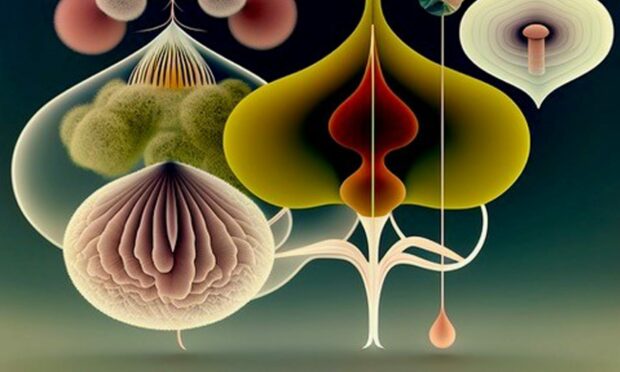
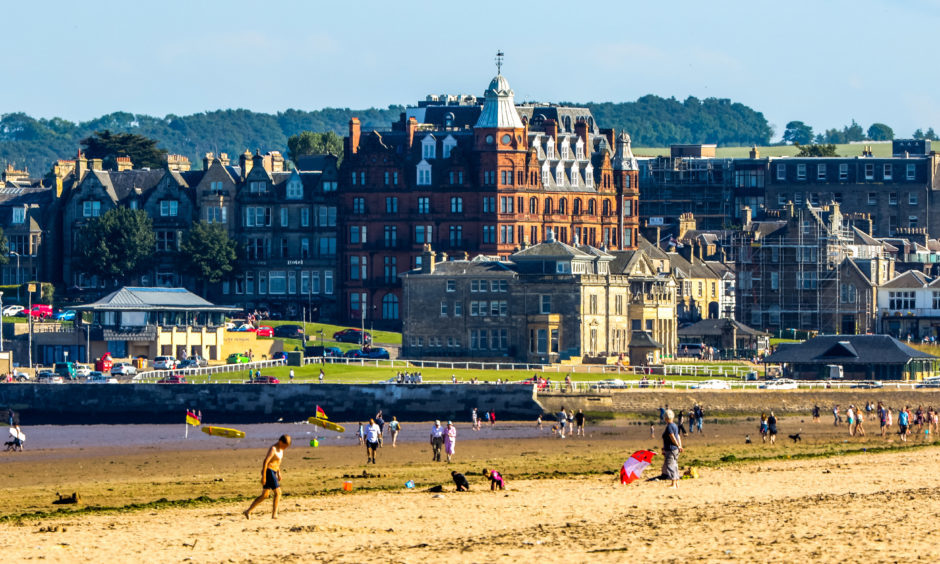
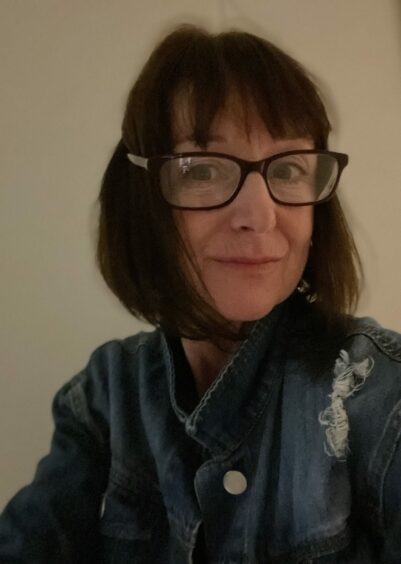
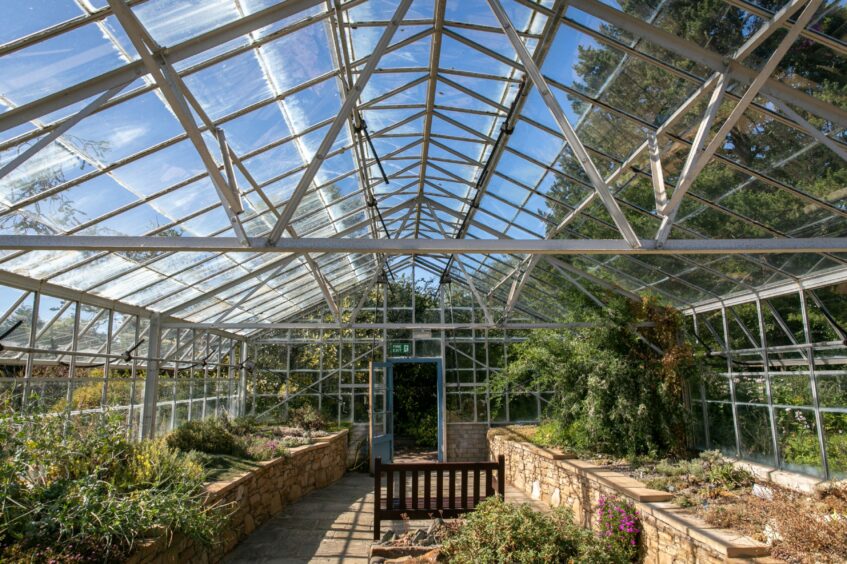
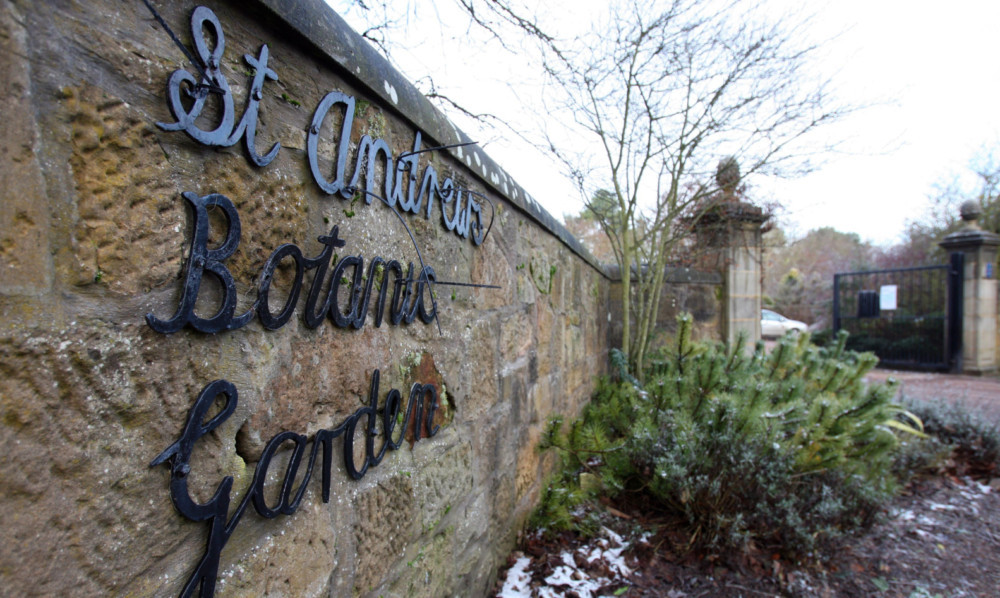
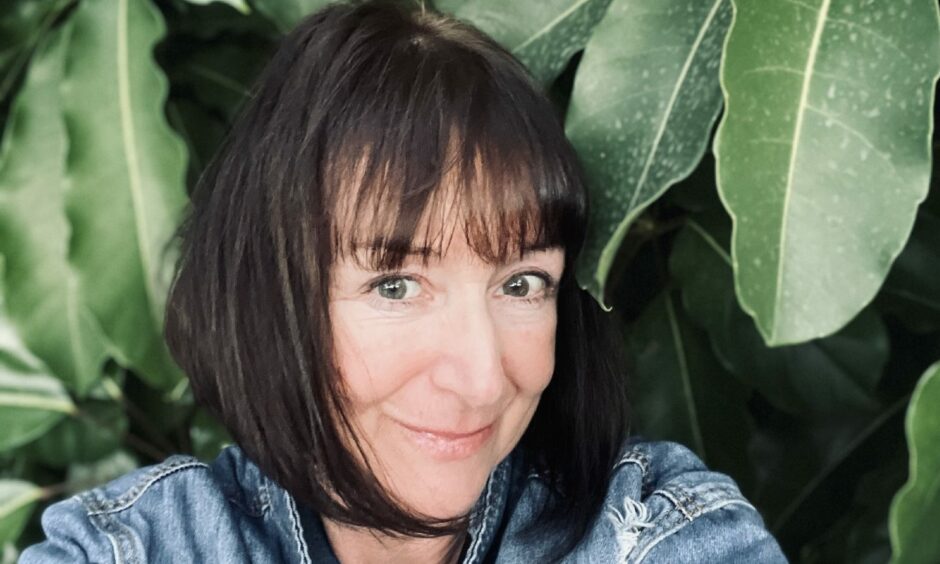

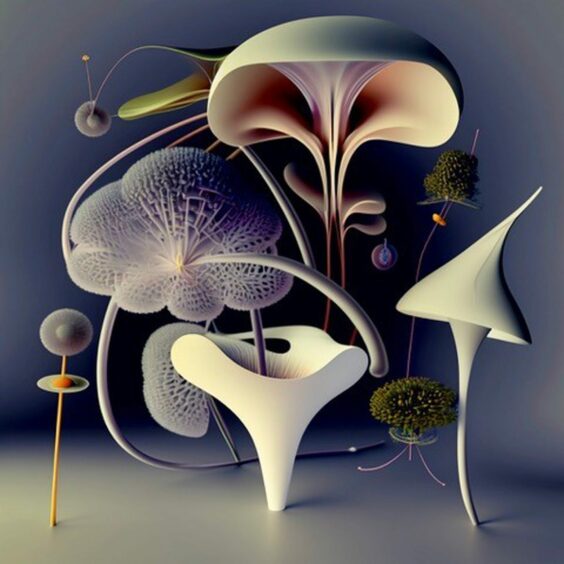
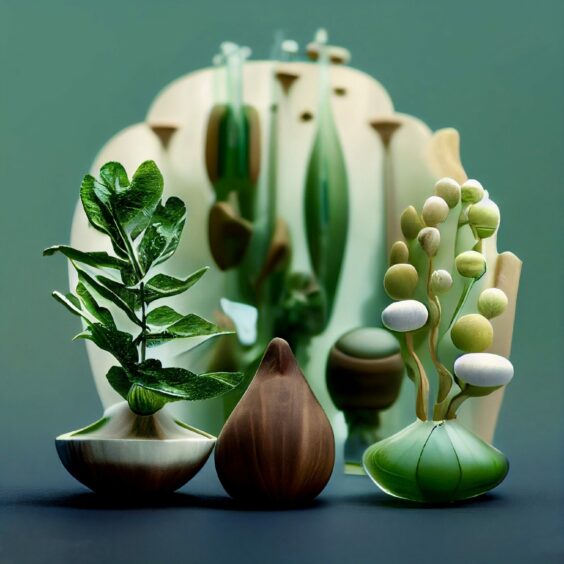
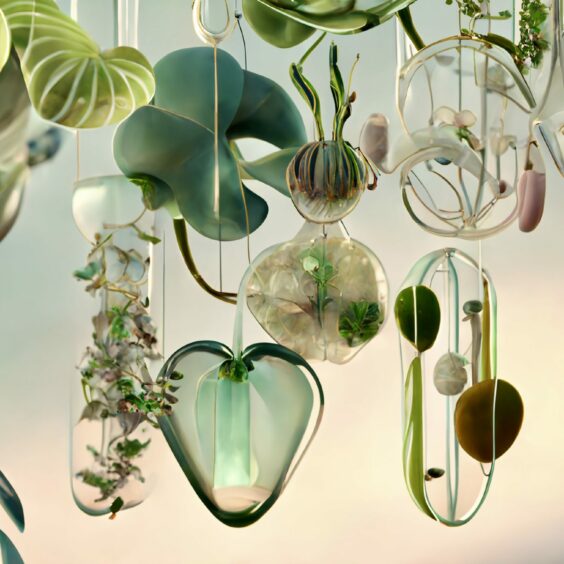
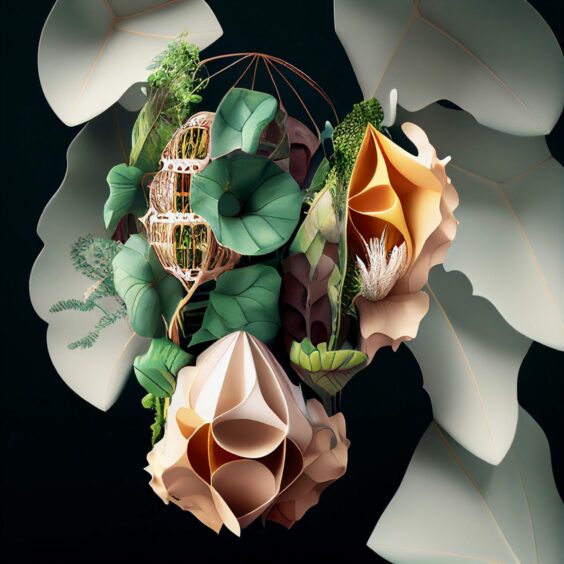
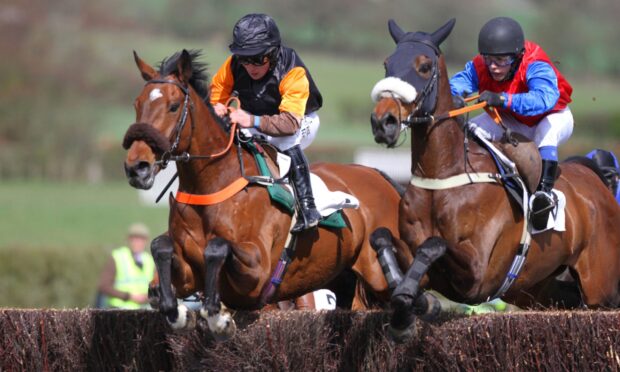
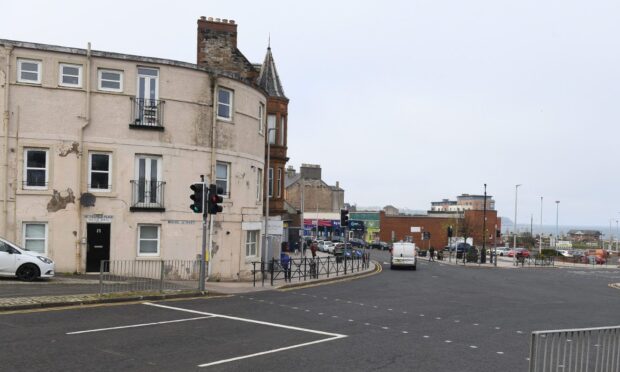
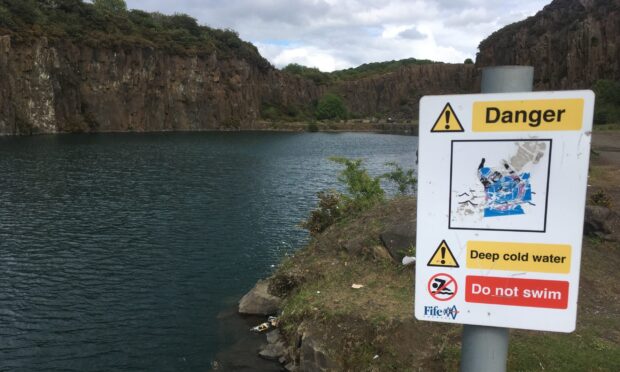
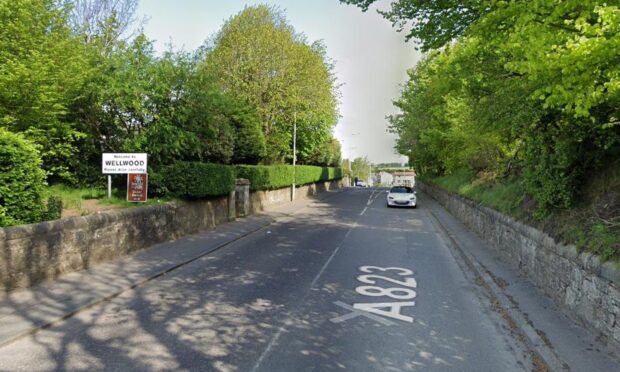
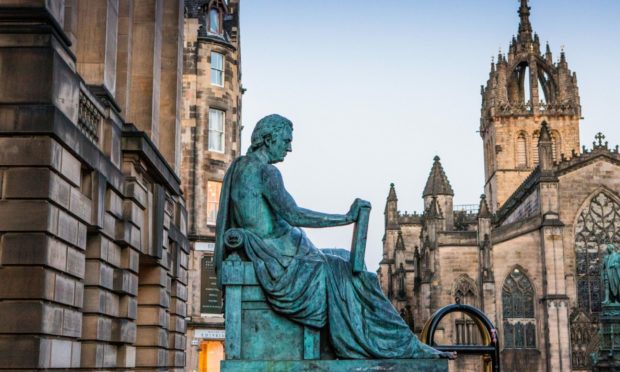
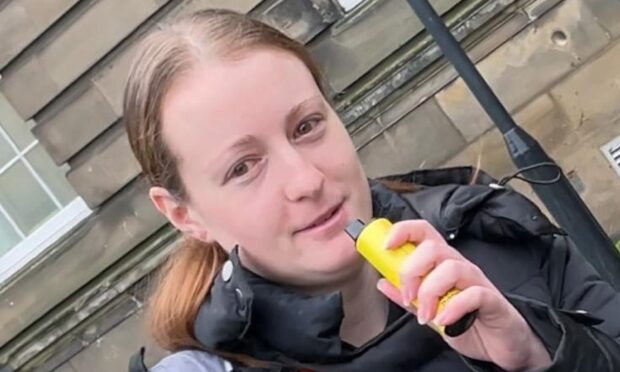
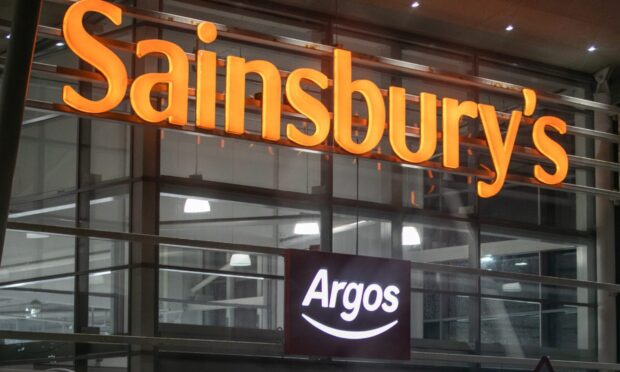
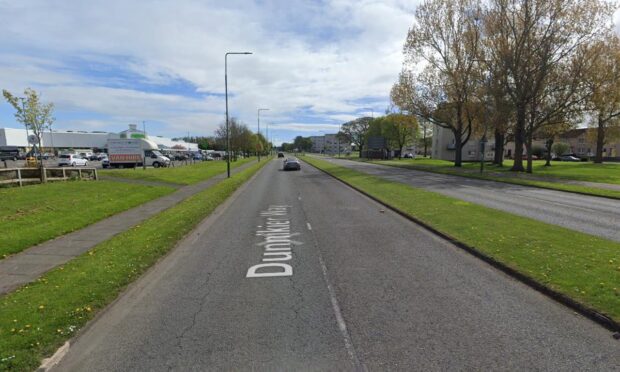

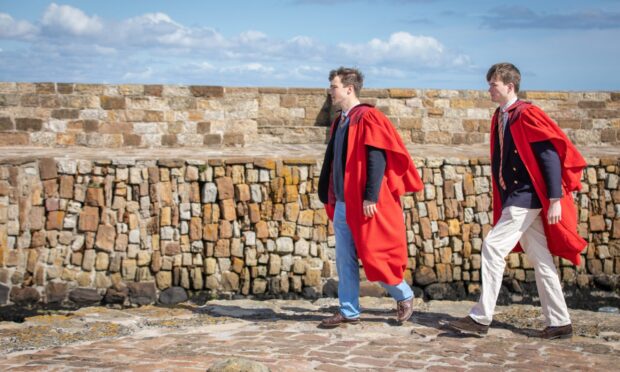
Conversation